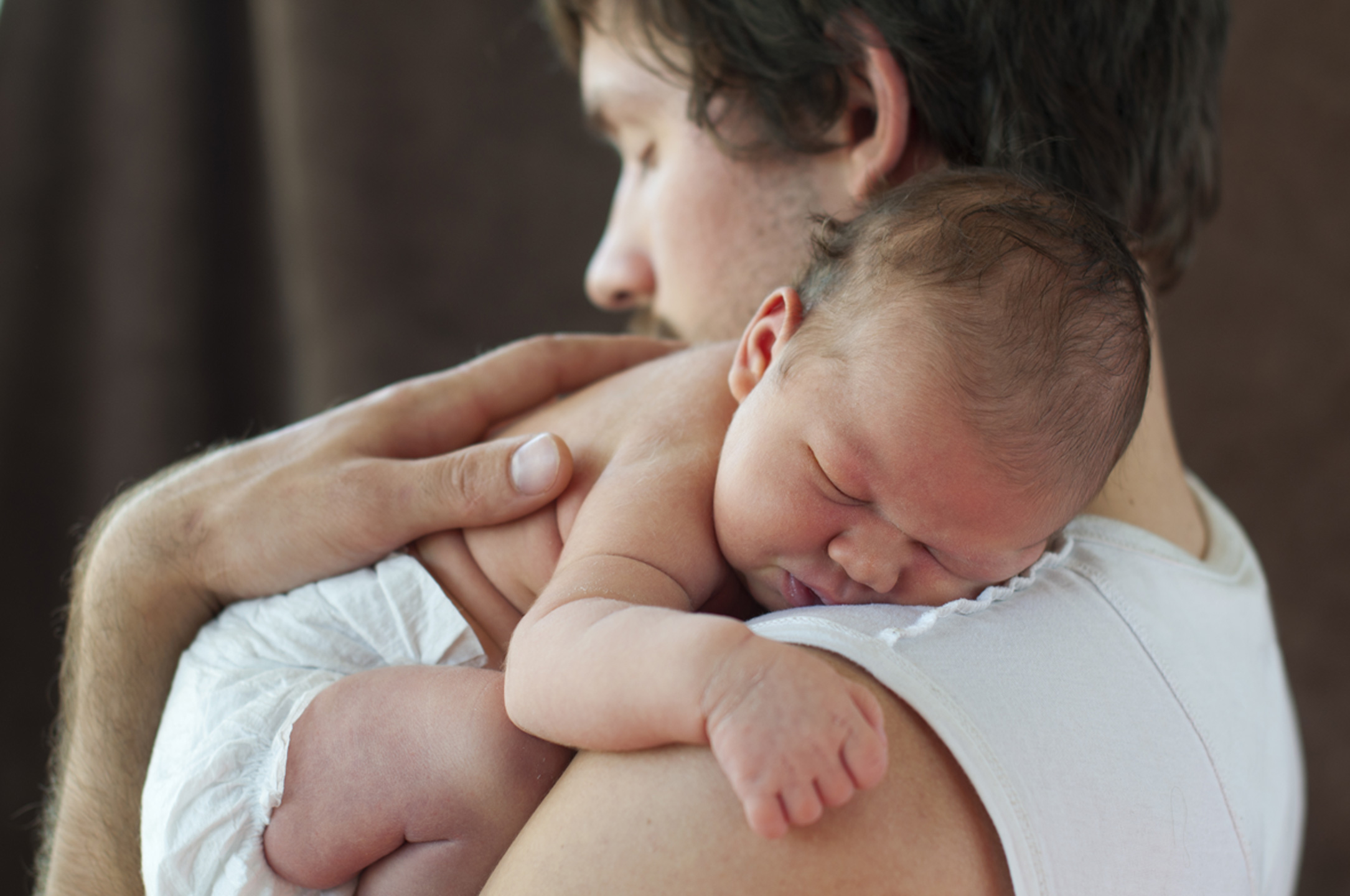
10 Sep Almost one in 20 babies in Australia born through IVF
There were 14,355 babies born through IVF treatment performed in Australia in 2018, UNSW’s Assisted Reproductive Technology in Australia and New Zealand 2018report shows. That represents almost one in 20 babies born in Australia or about one in every classroom.
There were 84,064 initiated IVF cycles in 2018, a 2.2 per cent increase on 2017. The overall live birth rate per embryo transfer has increased from 24.3 per cent in 2014 to 27.3 per cent in 2018, the most recent year from which data are available.
“The birth rate following frozen embryo transfer cycles (29.3 per cent) was higher than fresh embryo transfer cycles (24.6 per cent),” says lead report author, UNSW Medicine’s Professor Georgina Chambers.
There was a higher live birth rate in younger women: for women aged younger than 30 years, the live birth rate per embryo transfer was 40.4 per cent for fresh cycles and 34.9 per cent for thaw cycles.
For women aged 40 to 44 years, the live birth rate per embryo transfer was 9.5 per cent for fresh cycles and 20.1 per cent for thaw cycles.
“The reason for the higher live birth rate after thaw cycles in older women is mainly because the embryo was created in an earlier fresh cycle when she was younger and because preimplantation genetic testing is more frequently used in older women to select viable embryos,” says Fertility Society of Australia (FSA) President, Professor Luk Rombauts.
The proportion of twins and triplets born following IVF treatment is now 3.2 per cent – a record low in Australia and New Zealand’s 40-year IVF history. This all-time low is due to the increased proportion of IVF cycles where only a single embryo is transferred, up from 79 per cent in 2014 to 91 per cent in 2018.
“By comparison, the percentage of multiple births from IVF treatment was 8 per cent in the UK and 13 per cent in the US during the same period,” says Prof. Chambers.
Prof. Rombauts says IVF could help bolster Australia’s fertility rate.
“IVF represents a significant number of babies, and importantly the majority of these babies were singletons, which is safer for mothers and babies,” he says.
“It is estimated that in the last 40 years, more than eight million babies have been born through IVF globally, a significant contribution to the population.”
Key findings of the report
- Largest ever number of babies born through IVF – 14,355 from Australian clinics and 1785 from New Zealand clinics in 2018
- Live birth rate per embryo transfer has increased from 24.3 per cent in 2014 to 27.3 per cent in 2018
- Record low multiple birth rate of 3.2 per cent.
The report, which is funded by the Fertility Society of Australia (FSA), and contains data submitted by all Australian and New Zealand IVF clinics, contains information about IVF cycles undertaken in 2018 and the resulting babies born in 2018 and 2019.The data presented in this report is managed by the National Perinatal Epidemiology and Statistics Unit (NPESU) within UNSW’s Centre for Big Data Research in Health and School of Women’s and Children’s Health.

